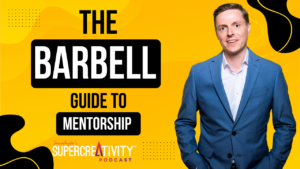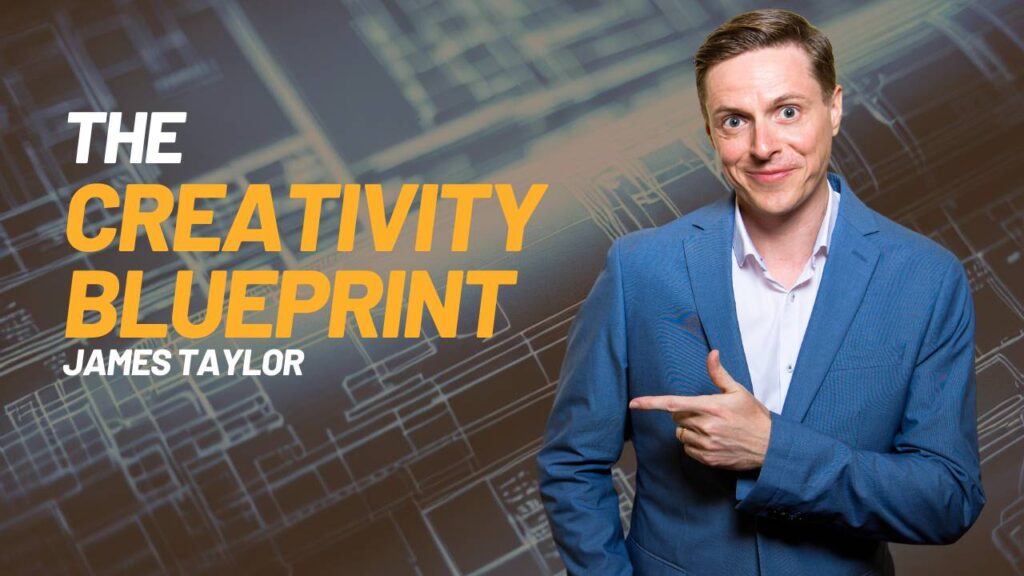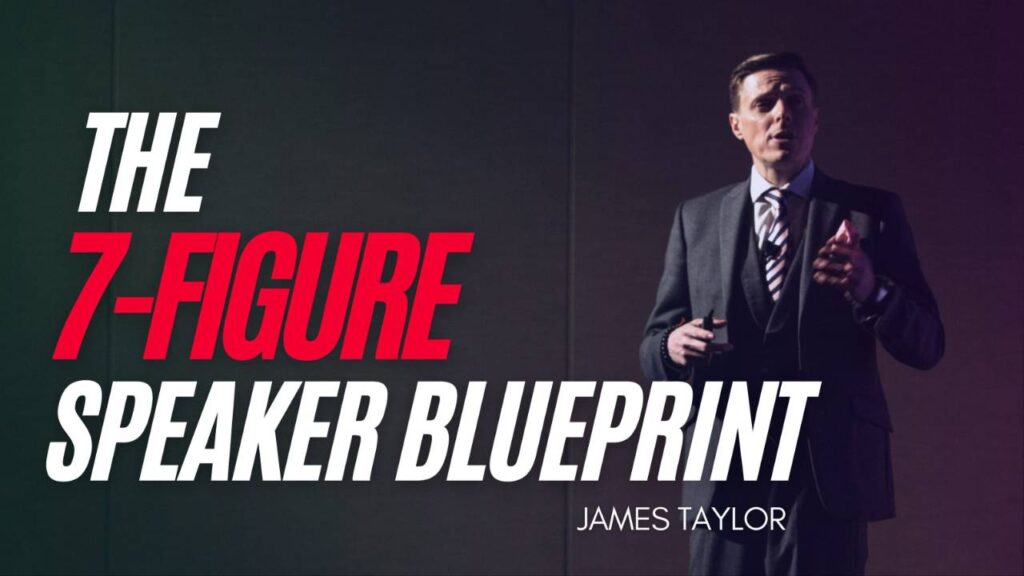Hi, it’s James Taylor here, and welcome to another episode of the SuperCreativity Podcast. Now, last month, I had the incredible opportunity to deliver a keynote in Dubai for duTech, a company at the forefront of Hyperscale Data Centers, Cybersecurity, IoT, and Cloud services. As I spoke to their leaders about the future of innovation, one concept that really resonated with them was the power of mentorship—not just as a way to develop talent but as a driver of creative thinking and problem-solving in organizations.
And today, I want to share that idea with you. It’s something I call ‘The Barbell Guide to Creative Mentoring.’ And it could just change the way you think about mentorship forever.
If you’ve ever lifted a barbell in the gym, you’ll know that to create balance, you need weight on both sides. And that’s exactly how I think about mentorship. Most leaders understand the value of having a mentor—someone older, more experienced, someone who’s been where they are now and can offer guidance when they face those career-defining decisions. This mentor acts like a sounding board, helping you navigate challenges with the wisdom that only experience can provide. They’ve been in the trenches, they’ve made the mistakes, and they can help you avoid the pitfalls.
But here’s where many people stop. They focus only on having that one mentor who’s ahead of them, but they forget the other side of the barbell. And that’s where things get interesting.
Why You Need a ‘Reverse Mentor’
Confucius once said, “Respect those younger than yourself.” And I think he was onto something. If you really want to supercharge your creativity and stay ahead of the curve, you also need to have a mentee—but not just any mentee. You need someone younger or less experienced than you, someone who sees the world through fresh eyes and isn’t tied down by ‘how things have always been done.’
At first, it might feel like you’re mentoring them, passing on your knowledge, guiding them in their career. But here’s the secret: in the process, they start mentoring you. Their questions—sometimes naïve, sometimes surprising—can challenge your assumptions, expose your blind spots, and help you see opportunities you might have otherwise missed. They bring fresh perspectives, energy, and ideas that can shake up your thinking in the best possible way.
I’ve personally experienced this time and again. Some of the best insights I’ve gained in my career have come not from the seasoned experts but from those just starting out. Their curiosity and willingness to question ‘the way things are’ help me stay sharp and innovative.
The Reverse Mentor Challenge
So, here’s my challenge for you:
- Identify someone younger or less experienced in your industry or organization. This could be a junior colleague, a recent graduate, or even someone outside your usual network.
- Set up a 30-minute conversation, but instead of you giving advice, flip it around. Ask them about their thoughts on your industry, how they see the future, what they think could be done differently.
- Capture at least one insight from that conversation that shifts your perspective. And I promise you, there will be one.
Closing Thoughts
So, the question I leave you with today is this: Are you balancing your barbell? Do you have a mentor who can offer guidance from experience? And do you have a mentee who challenges your thinking and helps you see the world in a new way?
Great leaders—and great creative thinkers—do both. Because when you have weight on both sides of the barbell, that’s when you find balance. And that’s when the real innovation happens.
If you take on this challenge, I’d love to hear about it. Drop me a message on LinkedIn or tag me on social media with your biggest insight. Let’s build more creative pairs and drive innovation together.
Until next time, keep learning, keep creating, and keep pushing the boundaries of what’s possible.



